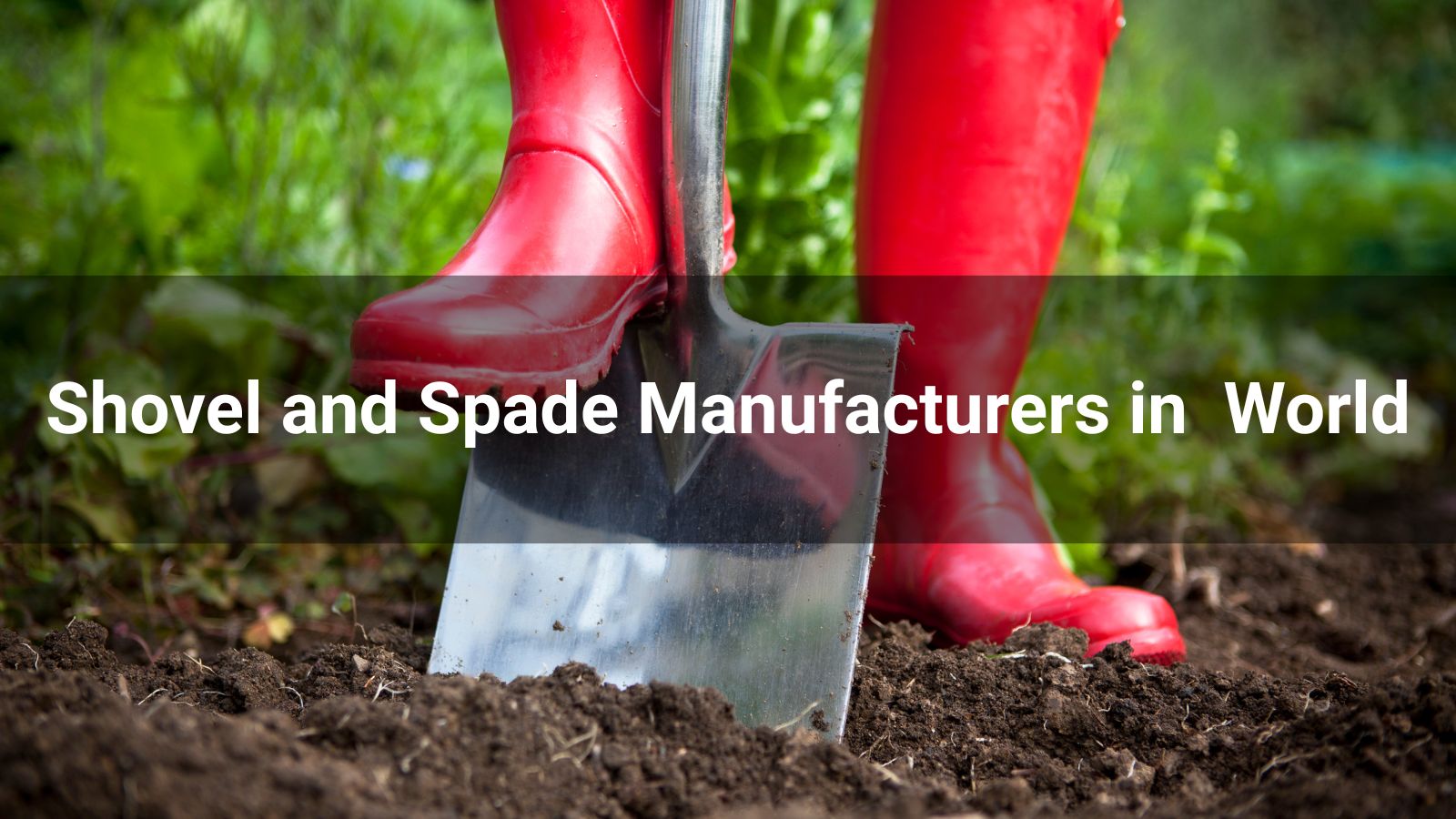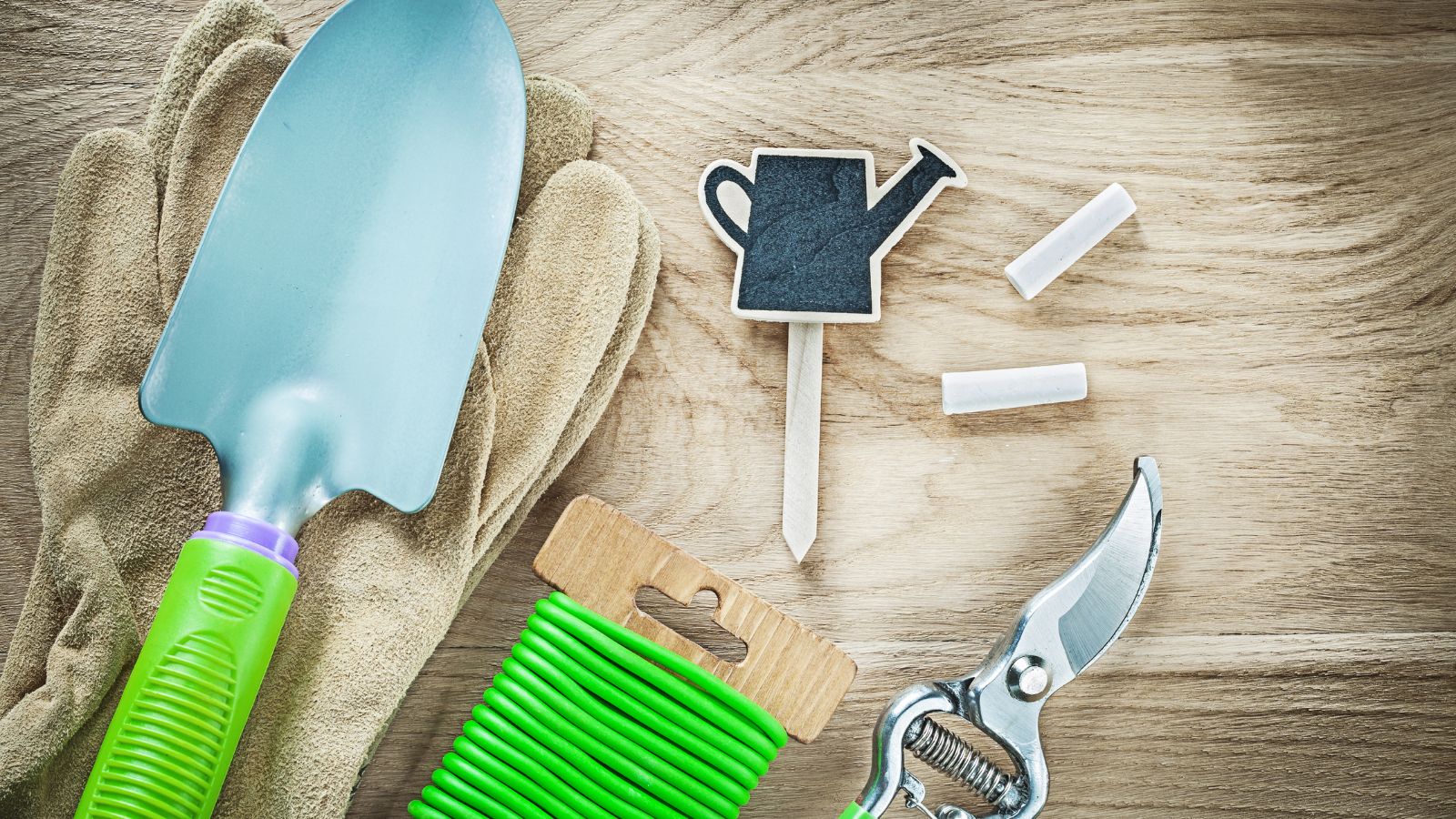
Stainless steel pruning shears, also known as hand pruners or secateurs, are vital gardening tools designed for cutting and trimming plants, including stems, branches, and foliage. Crafted with high-quality stainless steel blades, these shears are valued for their durability, corrosion resistance, and sharp cutting performance, making them a favorite in gardening, arboriculture, farming, and flower arranging. This article delves into the nature of stainless steel pruning shears, their key features, and the mechanics of how they function to ensure efficient and precise pruning tasks.
Stainless steel pruning shears are handheld tools equipped with two sharp blades, typically made from stainless steel, an alloy containing chromium that forms a protective oxide layer to prevent rust. This corrosion resistance ensures the blades remain functional despite exposure to moisture, sap, or outdoor elements. Designed to cut through plant materials like green stems, woody branches, or dead foliage, these shears have a maximum cutting capacity of approximately 0.5 to 1 inch in diameter, depending on the model. Available in bypass, anvil, and ratchet designs, stainless steel pruning shears cater to specific pruning needs. Bypass shears, functioning like scissors with two curved blades that slide past each other, are ideal for live, green stems and branches, such as roses or shrubs, as they make clean cuts that minimize plant tissue damage. Anvil shears, with a single sharp blade cutting against a flat surface, excel at trimming dry or dead wood but may crush live plants. Ratchet shears, often anvil-style, feature a mechanism that cuts in stages, reducing hand strain and making them suitable for thicker branches or users with limited strength.
The key features of stainless steel pruning shears enhance their functionality and user experience. Their corrosion-resistant blades withstand wet conditions and plant sap, ensuring long-term durability with minimal maintenance. Precision-ground for sharpness, the blades deliver clean cuts that promote plant health by reducing tearing or crushing. Ergonomic designs, including cushioned, non-slip handles and spring-loaded mechanisms, reduce hand fatigue, making the shears comfortable for prolonged use, particularly for users with arthritis or smaller hands. A safety lock keeps the blades closed when not in use, preventing accidental cuts and protecting the blades during storage. Lightweight, often paired with aluminum or carbon steel handles and weighing between 0.46 to 0.8 pounds, these shears are easy to handle. Some models feature non-stick coatings, such as titanium or PTFE, to repel sap and debris, minimizing jamming and simplifying cleaning.
The operation of stainless steel pruning shears relies on a straightforward mechanical process combining sharp blades, a spring-loaded system, and user-applied force. When the user grips the handles, a spring—typically a coil or ribbon—pushes them apart, opening the blades and reducing effort for repetitive cuts. The user positions the plant stem or branch between the blades, aligning it appropriately for the shear type: in bypass shears, the stem is placed for a clean slice, while in anvil shears, it rests against the anvil surface. As the handles are squeezed, the cutting action occurs. Bypass shears slice through the stem as the blades slide past each other, ideal for live plants to promote healing. Anvil shears press the sharp blade against the anvil, cutting and slightly crushing the material, effective for dead wood. Ratchet shears require multiple squeezes, with the ratchet mechanism advancing the blade incrementally to amplify force for thicker branches. Once the cut is complete, the spring reopens the blades, preparing for the next cut, while clean cuts from stainless steel blades help prevent plant disease and encourage healthy regrowth. After use, the safety lock is engaged to close the blades for safe storage.
Stainless steel pruning shears offer several advantages that make them a preferred choice for gardeners. Their durability, stemming from rust-resistant blades, ensures a long lifespan even in humid or rainy conditions. Unlike carbon steel blades, which require frequent drying and oiling, stainless steel shears need only occasional cleaning with soap and water, making them low-maintenance. They are versatile, suitable for tasks ranging from trimming flowers and herbs to pruning shrubs and small trees. Ergonomic features enhance comfort, accommodating users of all skill levels and hand sizes, while sharp blades ensure precise cuts that reduce plant stress and improve growth outcomes.
However, there are limitations to consider. Stainless steel blades are harder to sharpen than carbon steel, requiring specialized tools like a whetstone or professional services when dulled. Most shears are limited to branches up to 1 inch thick, necessitating loppers or power pruners for larger cuts. Additionally, stainless steel shears may have a higher initial cost than basic models, though their durability justifies the investment.
Proper maintenance is essential to maximize the performance and longevity of stainless steel pruning shears. After each use, blades should be wiped with a damp cloth or rinsed with water to remove sap and debris, then dried to preserve any non-stick coating. Regular sharpening with a sharpening stone or file maintains blade sharpness, though care should be taken to avoid over-sharpening. Applying a light machine oil to the pivot point and spring keeps the mechanism smooth. Shears should be stored in a dry place with the safety lock engaged, ideally in a protective cover to prevent blade damage. For disease control, blades can be disinfected with isopropyl alcohol between cuts, as stainless steel resists corrosion from such exposure.
In conclusion, stainless steel pruning shears are indispensable for gardeners seeking precision, durability, and ease of use. Their corrosion-resistant blades, ergonomic designs, and versatile cutting mechanisms—bypass, anvil, or ratchet—make them ideal for a variety of pruning tasks, from shaping delicate flowers to trimming sturdy branches. By delivering clean cuts with minimal effort, these shears promote plant health and enhance gardening efficiency. With proper care, stainless steel pruning shears can provide years of reliable service, making them a valuable investment for both amateur and professional gardeners. High-quality options from brands like Felco, Fiskars, and Dramm offer models tailored to diverse gardening needs.If you are looking for a reliable Chinese supplier, Contact us at Linkwin now!











We use cookies to make the website work, to provide advanced features, social media and traffic analysis, and we use analytics and third-party advertising cookies. If you choose to click "Deny All", you will retain the default setting of not allowing the use of cookies or other tracking tools other than technical tools.



